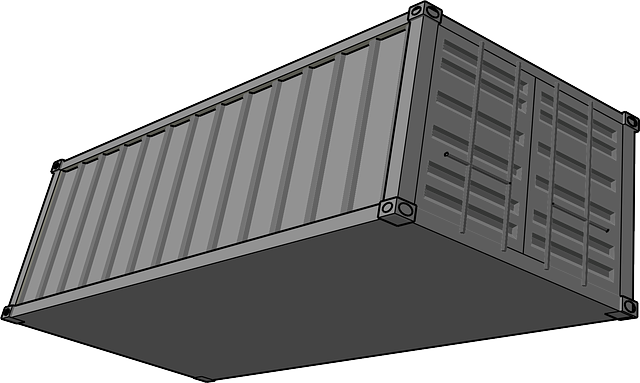In today's diverse business landscape, companies managing multiple trucks face unique risks and cost optimization challenges. Affordable multi-truck policies offer specialized insurance tailored to reduce costs without sacrificing protection, achieving economies of scale and simplifying administration. By bundling individual vehicle insurance under one policy, businesses can save significantly while enjoying streamlined claims processes and enhanced coverage against common fleet risks. This strategic approach allows operators to focus on core operations with peace of mind, while maximizing the benefits of risk management and insurance cost savings.
In today’s competitive landscape, optimizing premiums across multiple vehicles is crucial for businesses aiming to enhance profitability and manage costs effectively. This comprehensive guide delves into the art of refining insurance strategies for various truck types. We explore essential elements such as understanding multi-truck policies, leveraging data analytics, and implementing risk management tactics. By following strategic approaches, businesses can secure affordable multi-truck policies that cater to individual vehicle needs while minimizing expenses.
Understanding Multi-Truck Policies: The Basics

In today’s diverse business landscape, companies often operate multiple trucks, each with unique risks and requirements. This is where understanding affordable multi-truck policies becomes paramount. These specialized insurance plans are designed to cater to the specific needs of businesses managing a fleet of vehicles, offering comprehensive coverage tailored for reduced costs without compromising on protection.
By bundling policies for multiple trucks under one umbrella, companies can leverage economies of scale. This approach not only simplifies administrative tasks but also leads to potentially significant savings. Additionally, it ensures consistent risk management across the entire fleet, providing peace of mind and allowing businesses to focus on their core operations while staying protected on the road.
– Definition and importance of multi-truck policies

In today’s dynamic business landscape, companies managing multiple vehicles face unique challenges in optimizing costs. This is where affordable multi-truck policies come into play as a strategic solution. These policies are designed to offer comprehensive insurance coverage for a fleet of trucks, addressing the specific risks and needs associated with commercial vehicle operations. By bundling coverage for multiple trucks under one policy, businesses can achieve significant savings compared to insuring each vehicle individually.
This approach not only streamlines the claims process but also provides enhanced protection. Affordable multi-truck policies often include specialized provisions that cater to common risks faced by truck fleets, such as cargo loss, liability, and damage during transportation. This tailored coverage ensures that businesses operating a fleet of vehicles are adequately protected while enjoying economies of scale in their insurance spending.
– Key considerations for businesses with multiple vehicles

Businesses with multiple vehicles face unique challenges when optimizing premiums. Key considerations include assessing each vehicle’s specific risks, such as usage patterns, driving history, and maintenance records. By treating each vehicle individually, insurers can tailor affordable multi-truck policies that reflect precise risk profiles, leading to more competitive rates.
Additionally, businesses should explore fleet management strategies to enhance safety and efficiency. Implementing driver training programs, regular vehicle inspections, and advanced telematics solutions can help reduce accidents and optimize routes, ultimately contributing to lower insurance costs. These proactive measures demonstrate a commitment to risk mitigation, making it easier to secure affordable multi-truck policies that align with the business’s needs.
Optimizing Premiums: Strategic Approaches

Optimizing premiums for multiple vehicles is a strategic art, especially in navigating the complexities of commercial trucking insurance. To achieve affordable multi-truck policies, carriers must adopt a nuanced approach that considers each vehicle’s unique characteristics and risks. One key strategy involves segmenting your fleet based on similar usage patterns, age, and safety records. By grouping vehicles with comparable risk profiles, insurers can tailor coverage and pricing accordingly, potentially reducing overall premiums.
Additionally, regular fleet maintenance and driver training programs can significantly impact insurance costs. Well-maintained trucks tend to have fewer breakdowns and accidents, lowering the risk for insurers. Equally important is ensuring drivers are adequately trained in safety protocols and defensive driving techniques, which can minimize claims and foster a culture of responsibility within your organization.
In conclusion, optimizing premiums for multiple vehicles involves strategic approaches that cater to the unique needs of each business. By understanding the intricacies of multi-truck policies and leveraging key considerations, businesses can secure affordable multi-truck policies that balance risk and cost effectively. This ensures not only financial protection but also long-term sustainability for operations involving diverse fleets.
